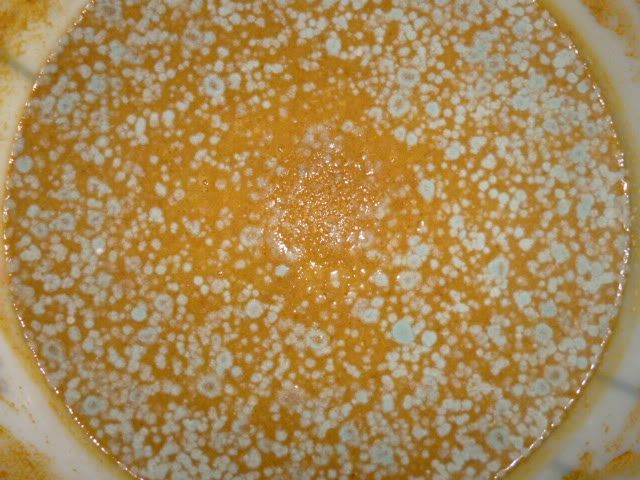G-Town Brewer
Active Member
Hi
Having laboriously juiced several kilos of apples last weekend I managed to get around 2 gallons of juice using my Phillips juicer. Added 2 crushed campden tabs to the juice and left for around 36 hours before pitching the yeast.
However, there is now a mouldy crust on the top of the fermenting juice. Is this normal or does this mean that the batch is ruined. I did notice that some of the apples had specks in them and although I did my best to ditch the dodgy ones, one or two maybe made it through quality control. So maybe the mashed grubs have turned the juice?
I made a batch last year and didn't have mould and the cider turned out perfect. I'm thinking this may have been beginners luck!!!
Having laboriously juiced several kilos of apples last weekend I managed to get around 2 gallons of juice using my Phillips juicer. Added 2 crushed campden tabs to the juice and left for around 36 hours before pitching the yeast.
However, there is now a mouldy crust on the top of the fermenting juice. Is this normal or does this mean that the batch is ruined. I did notice that some of the apples had specks in them and although I did my best to ditch the dodgy ones, one or two maybe made it through quality control. So maybe the mashed grubs have turned the juice?
I made a batch last year and didn't have mould and the cider turned out perfect. I'm thinking this may have been beginners luck!!!






